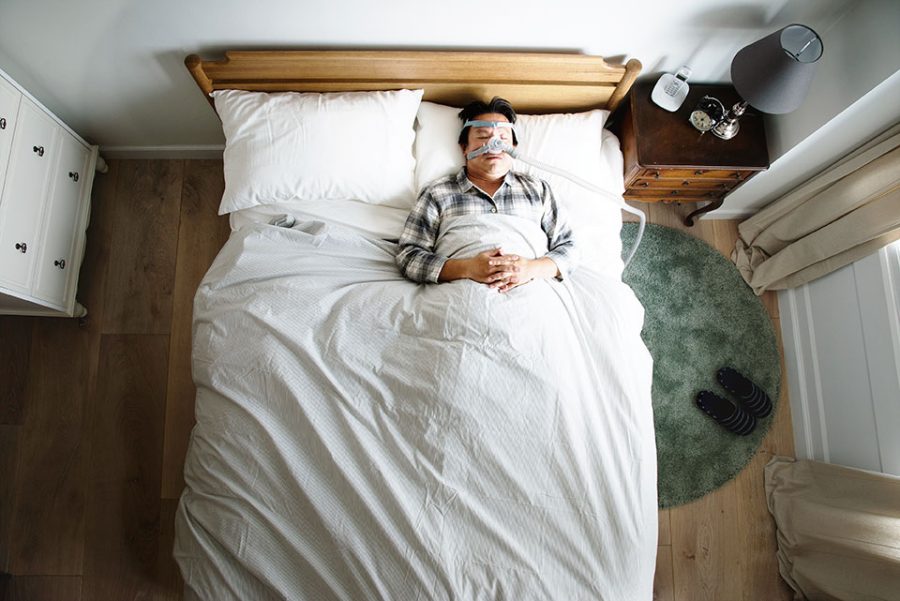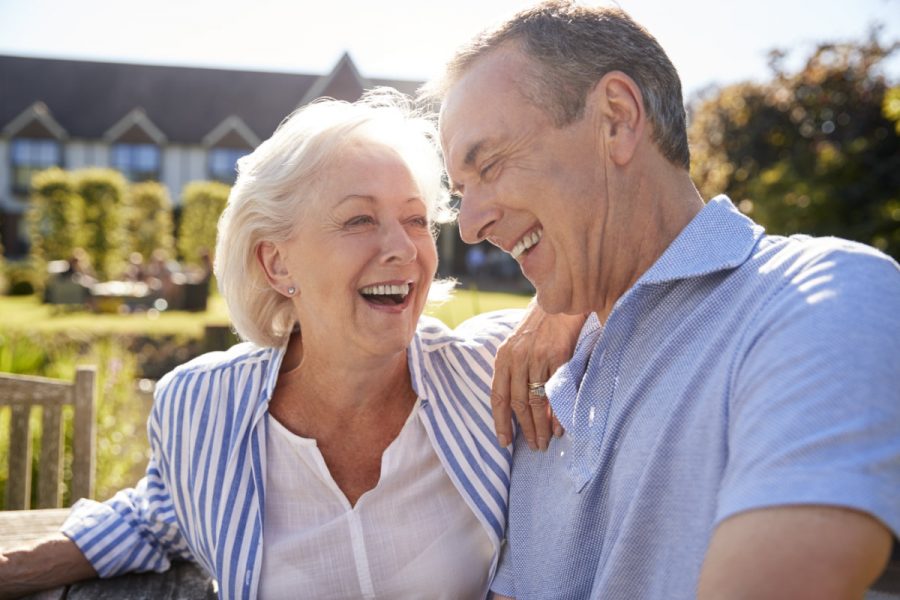Your Companion for Sweet Dreams on the Go
Do you love the thrill of exploring new places? Whether you’re a road warrior for work or an explorer for pleasure, we’re here to guide you through maintaining your health and ensuring you get quality rest no matter where you are. If you’re a frequent traveler with sleep apnea, you know caring for your sleep health is vital — and part of that is everyday use of your CPAP machine. You may have wondered whether a travel CPAP machine is the right companion for wherever your journeys take you. We’ll look at some essential factors for you to consider as you decide.
The Joys of Portability
First, the most obvious perk of a travel CPAP machine is its portability. These devices are designed to be as lightweight and compact as possible, making them a breeze to carry around. Machines like the Transcend Micro are smaller than many handheld game consoles or a paperback thriller! Imagine not worrying about fitting your CPAP into your carry-on or lugging an extra bag. With the small size of a travel CPAP, you can pack that extra pair of shoes or bring home souvenirs for loved ones without a second thought!
Convenience at Your Fingertips
Now, let’s talk convenience. Travel CPAP machines like the ResMed AirMini or the Breas Z2 are built for the traveler at heart. They’re not just smaller; they’re designed to fit into your life easily when you’re on the go. The ResMed AirMini weighs a mere 10.6 ounces – less than an iPad! This means fewer worries about how to pack your device and more time soaking in the joys of travel. Plus, setting up your travel CPAP in new environments is a cinch, which means one less hurdle in getting a good night’s sleep, wherever you may be.
With a travel CPAP, you don’t have to worry about finding distilled water wherever your travels may take you. Waterless humidification on some models can capture heat and moisture from your breath and the air to help keep your airway from drying out.
Not only is a travel CPAP easier to pack, but it also means your CPAP is always ready to go when you want to travel! You don’t have to take your primary unit apart and pack it, nor do you have to worry about accidentally leaving it – or parts of it — in a hotel room somewhere. It’ll be safe at home, awaiting your return.
Power Options Galore
One of the gems of travel CPAP machines is their versatile power options. Many models come with adapters for different power supplies worldwide; some will work with battery power and even offer battery packs or solar chargers for those off-the-grid adventures. This feature is a game-changer, ensuring you can keep your sleep apnea treatment consistent, even in flight or in remote corners of the globe.
Ease of Use: A Breath of Fresh Air
Travel CPAP machines are designed with simplicity in mind. They aim to make your life easier, not more complicated. On many models, you can continue to use the CPAP mask you already sleep peacefully with each night. Some, like the Transcend Micro, have auto start and stop to initiate or stop therapy just by putting your mask on or taking it off — you don’t even have to fumble for a power button. With intuitive interfaces and straightforward settings, these devices ensure that managing your sleep apnea treatment remains hassle-free, giving you more time to enjoy your adventures.
Considering the Trade-Offs
No journey is without its bumps, and it’s the same with travel CPAP machines. Some models may be missing advanced features you’re used to with your home device, and it’s worth noting that not all insurance plans cover these portable wonders. The cost of a travel machine may only be worth it if you travel frequently and can use the machine regularly. However, the benefits of easily maintaining your treatment while traveling, even occasionally, can outweigh these considerations.
Quiet operation is vital for a machine that’s supposed to help you get restful sleep. Most travel machines have a noise level comparable to your home machine. For example, the ResMed AirMini measures approximately 2dBA louder than an AirSense 10. Sound perception can be subjective, so your travel device may sound slightly different from your home machine, even with whisper-quiet operation.
Remember, traveling with your regular CPAP is absolutely doable! In fact, to make that process as smooth as possible, we’ve crafted the ultimate guide on traveling with your CPAP. This guide is packed with tips and tricks to make traveling feel like a breeze.
The Importance of Consistent Treatment
Maintaining your sleep apnea treatment is vital, whether you’re at home or exploring the Amazon. Untreated sleep apnea can put a damper on your adventures, affecting your health and energy levels, and even a single night without a CPAP can increase your risk of severe complications. Daily use is essential, no matter where you’re sleeping! By ensuring you have a CPAP that suits your travel lifestyle, you’re taking a crucial step in caring for your well-being, enabling you to embrace every experience fully.
To Travel CPAP or Not?
After considering the advantages—portability, convenience, versatile power options, and ease of use—alongside the minor cons, the answer leans heavily towards a resounding yes if you’re a frequent traveler, a fan of traveling light, or simply looking to make your travel experiences smoother.
Your adventures should be about discovering new places, new experiences, and creating memories, not worrying about extra baggage or whether you’ll get a healthy night’s sleep. The best CPAP machine for you is the one you’ll use, no matter where you might be. A travel CPAP can be a faithful companion on your journeys, ensuring you wake up refreshed and ready to explore – and when you’re ready to be at home in your bed, your trusty conventional CPAP will be ready and waiting for you!
We understand the importance of your health and well-being on your travel adventures, from finding the top travel CPAP machines to ensuring you’re equipped with the mask and accessories that help you sleep as soundly as possible. That’s why we’re here every step of the way to make sure you have the resources and support you need!










